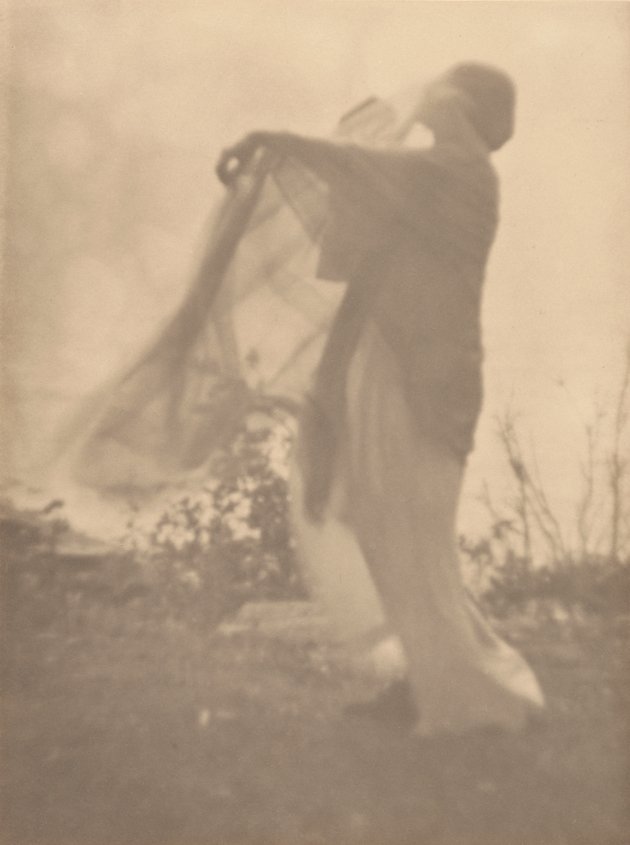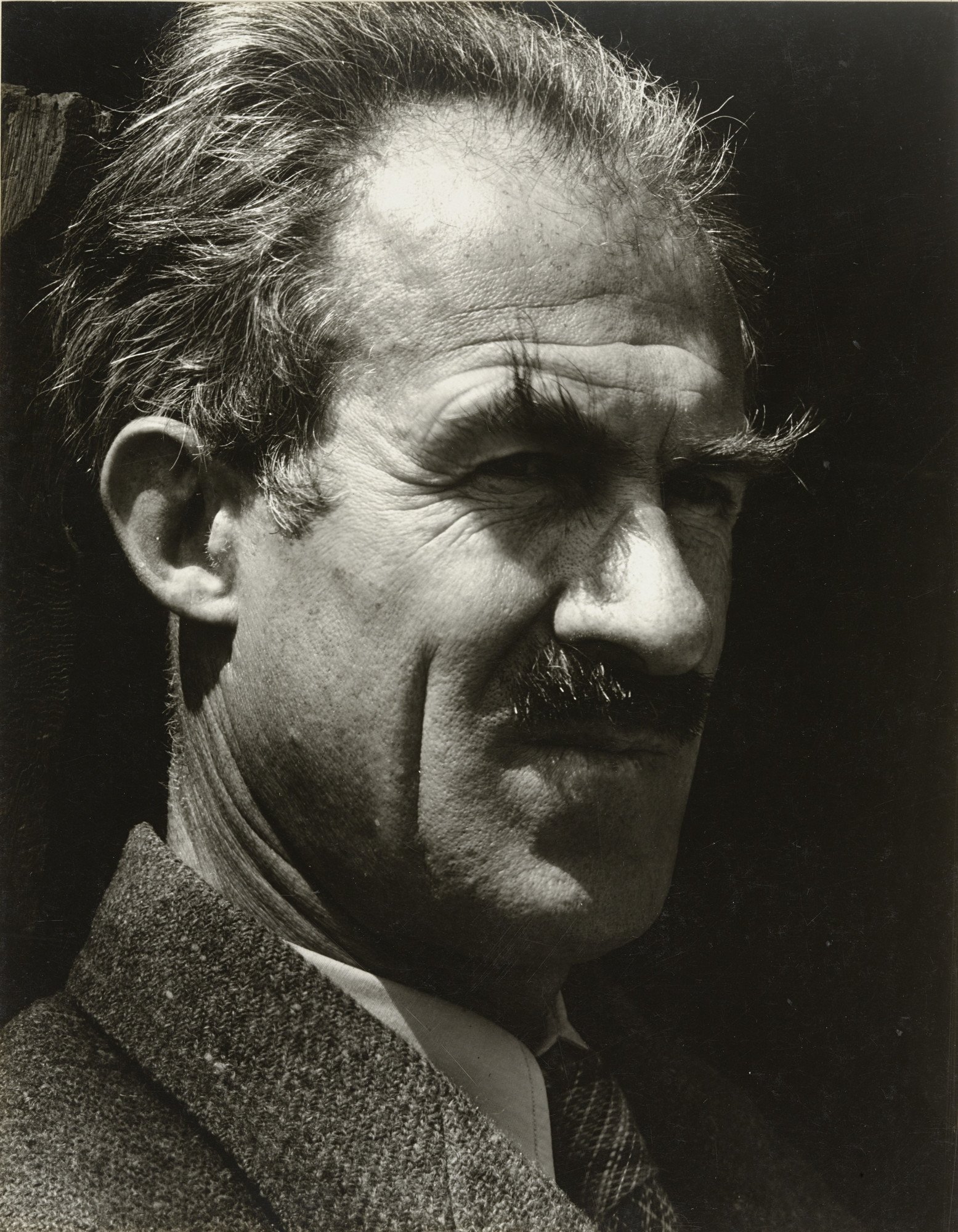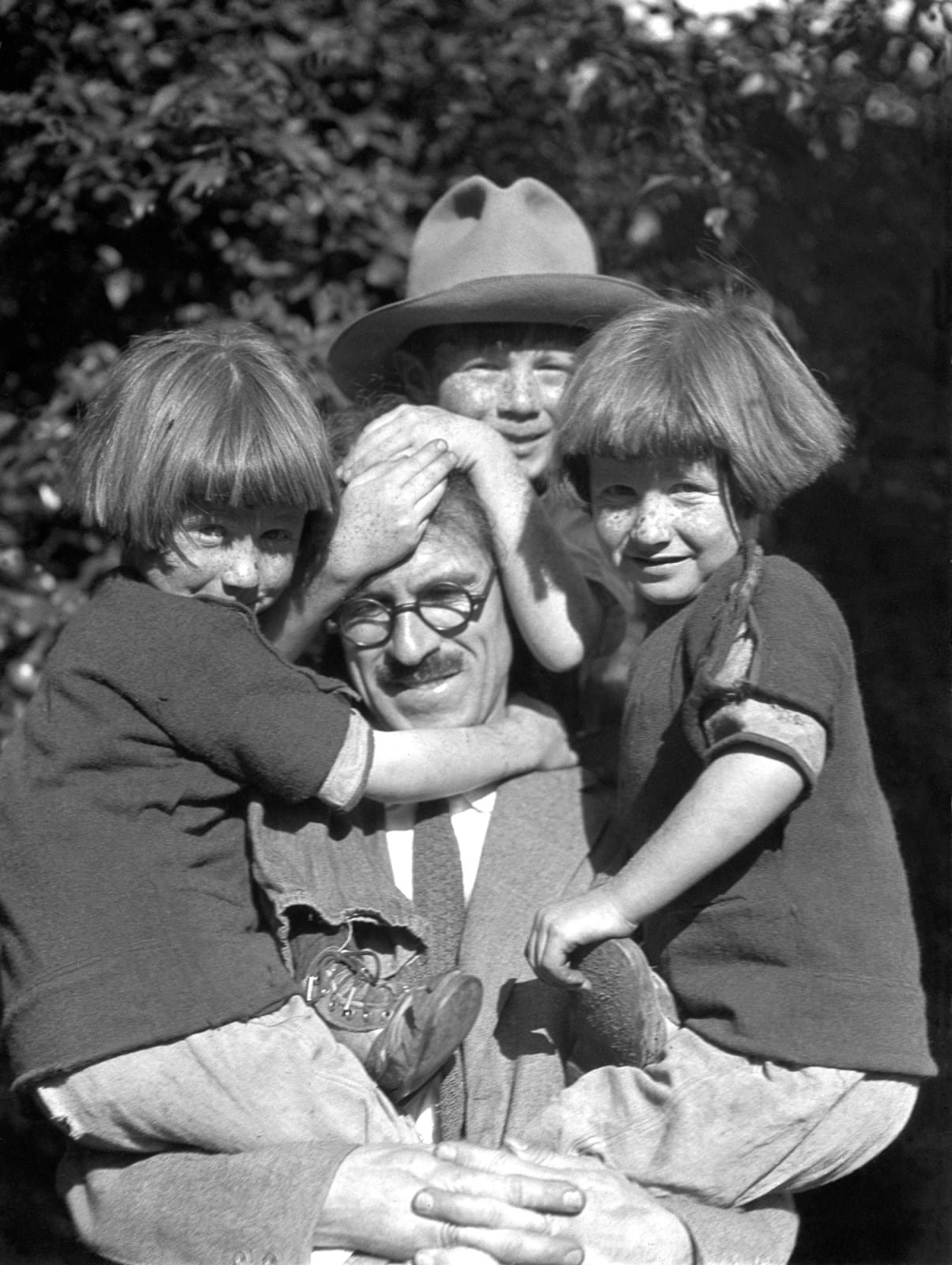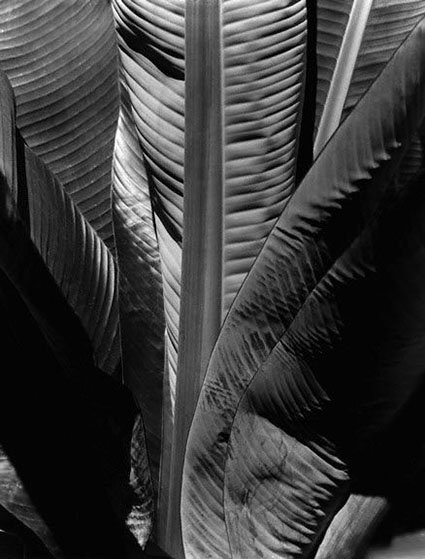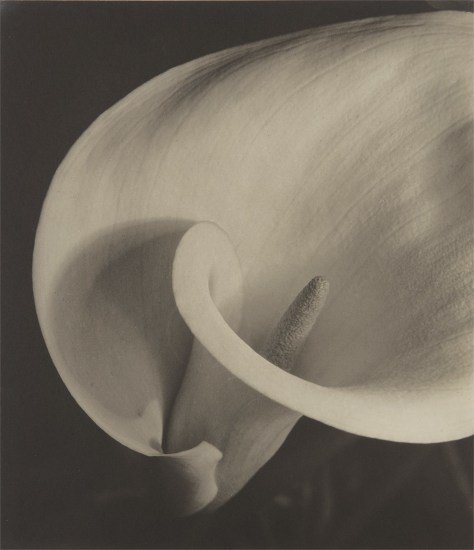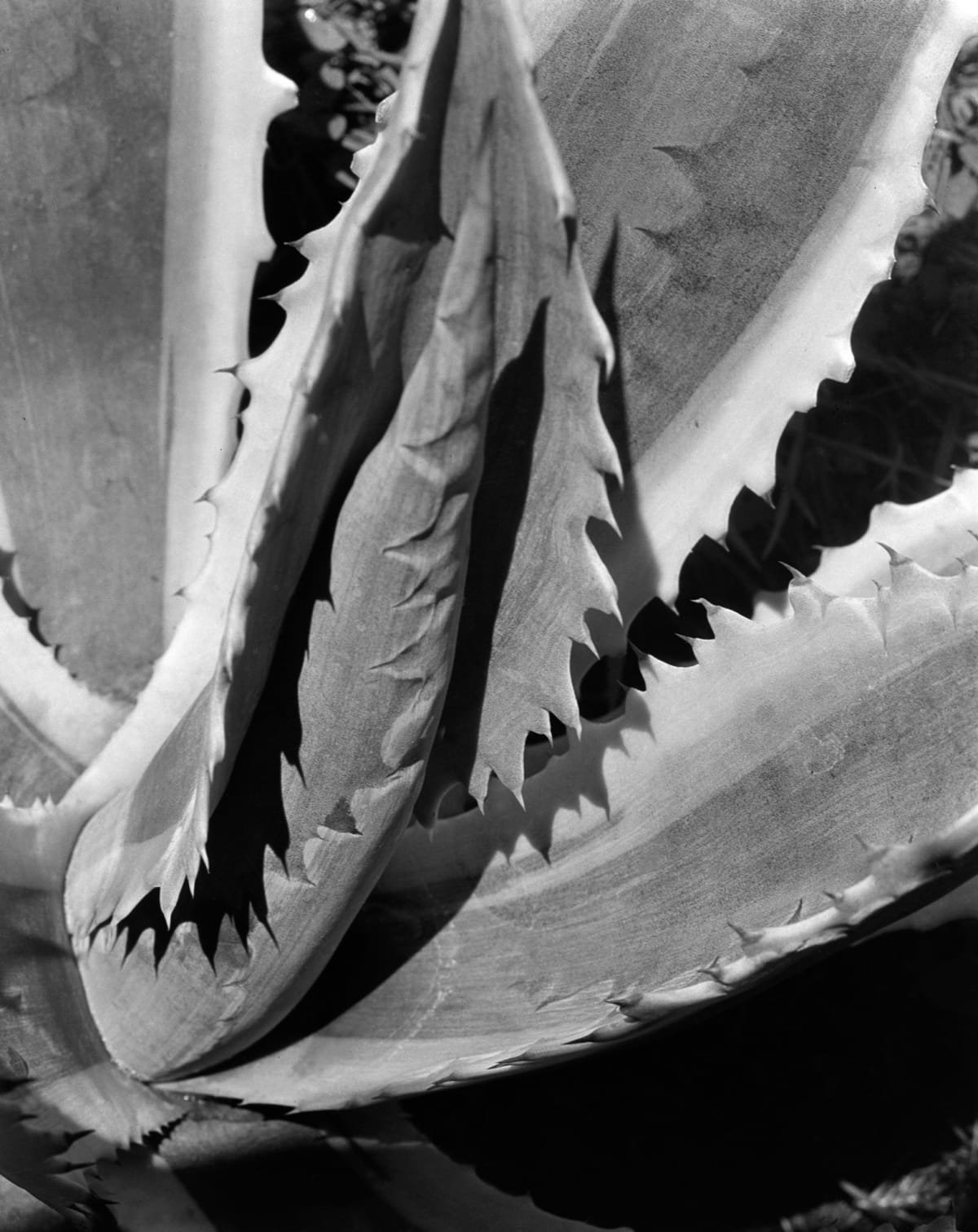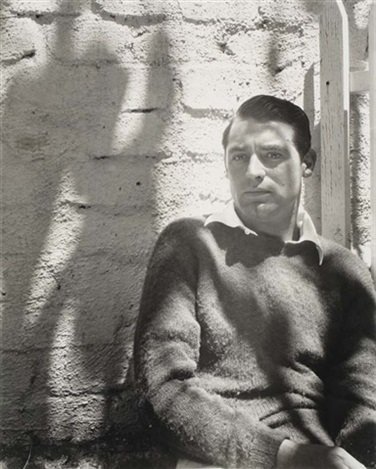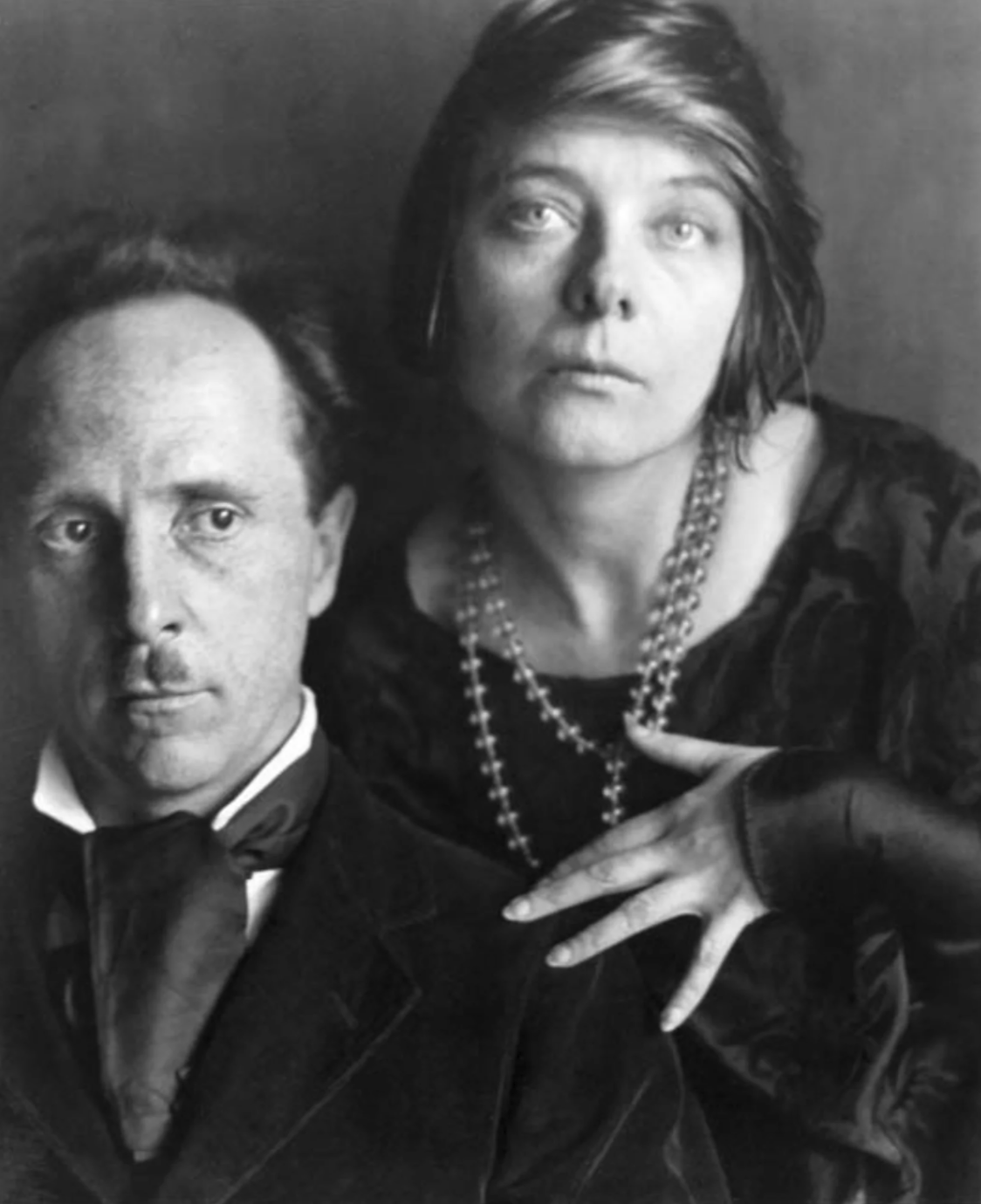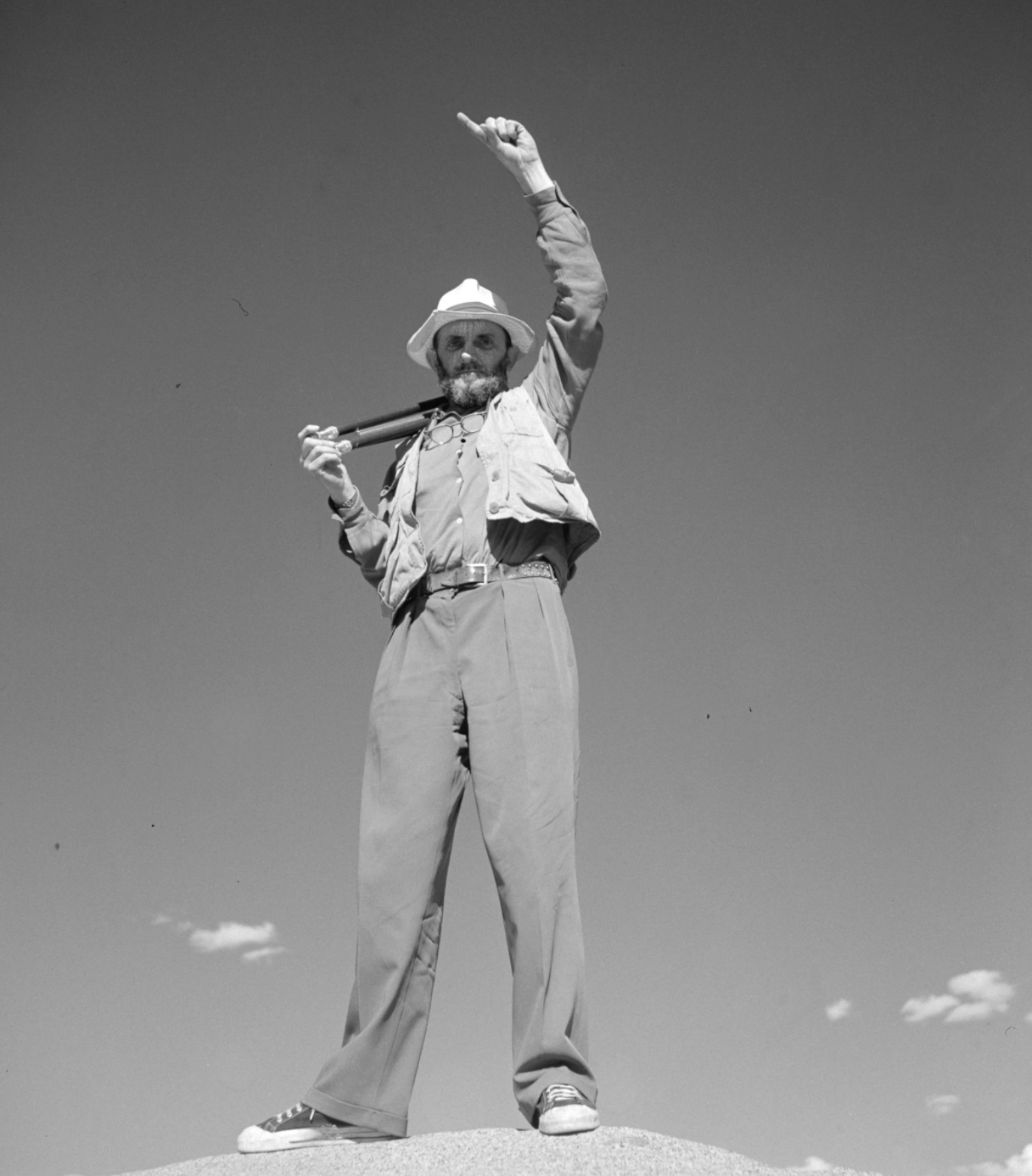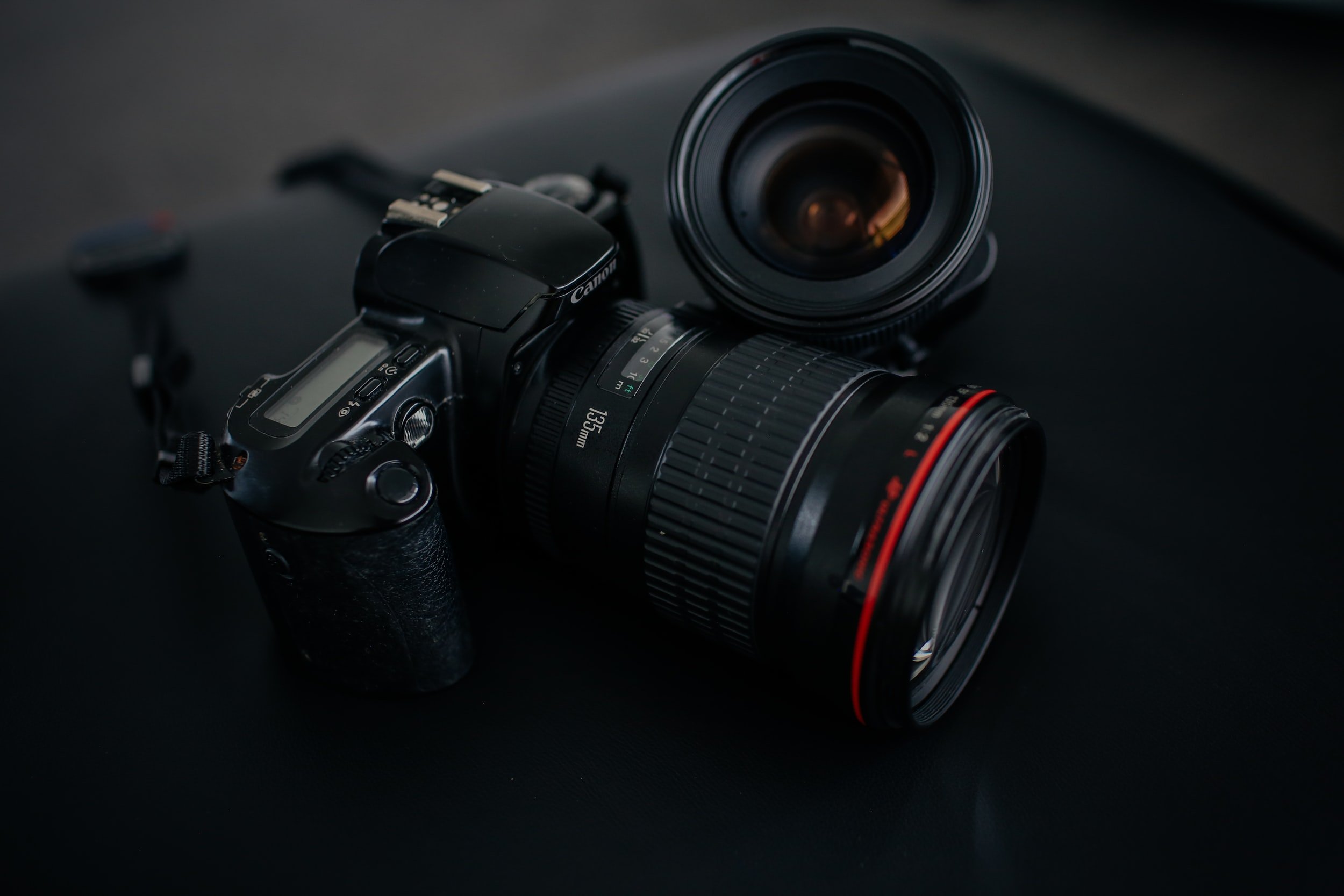Hey there, photography fans! Are you ready to take your photos to the next level? Look no further than Derujinsky Photography - the brainchild of yours truly, Madeline Derujinsky!
If you haven't heard of Derujinsky Photography yet, let me fill you in. I'm a talented photographer with a knack for capturing stunning images that are anything but basic.
So what makes my photography different? First of all, I'm all about making you feel comfortable in front of the camera. I know it can be nerve-wracking to get your picture taken, but I'll work with you to make sure you feel confident and at ease. Plus, I'll help you bring out your best self, so you can be sure you're getting photos that truly reflect who you are.
But that's not all. I'm super creative when it comes to photography. I love experimenting with different angles, lighting, and settings to create unique shots that will make you stand out from the crowd. With my background in fashion and editorial photography, you know you're getting photos that are carefully crafted to tell a story and make a statement.
And let's talk about editing! I take my time to ensure that every photo is perfectly edited, with just the right balance of contrast, saturation, and other elements to make your images pop. I'm all about the details, so you can be sure that every photo you receive will be flawless.
So if you're ready to elevate your photography game, contact me. Let's capture some amazing shots together!



